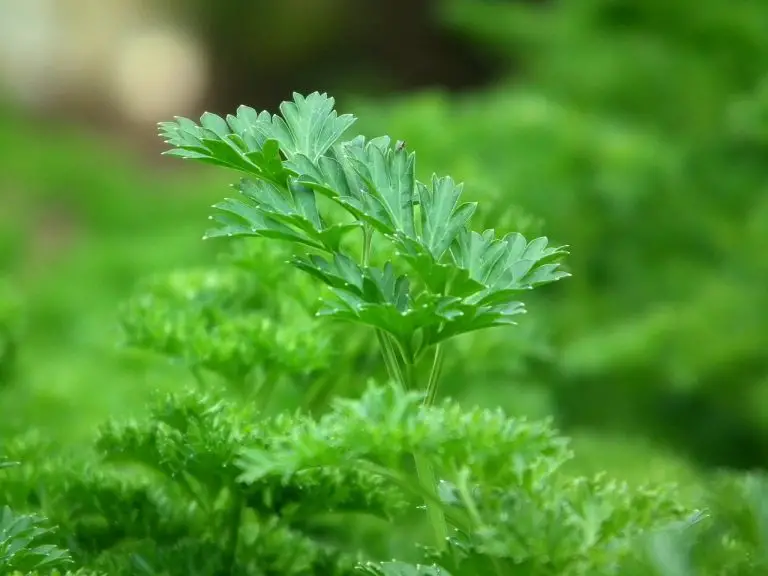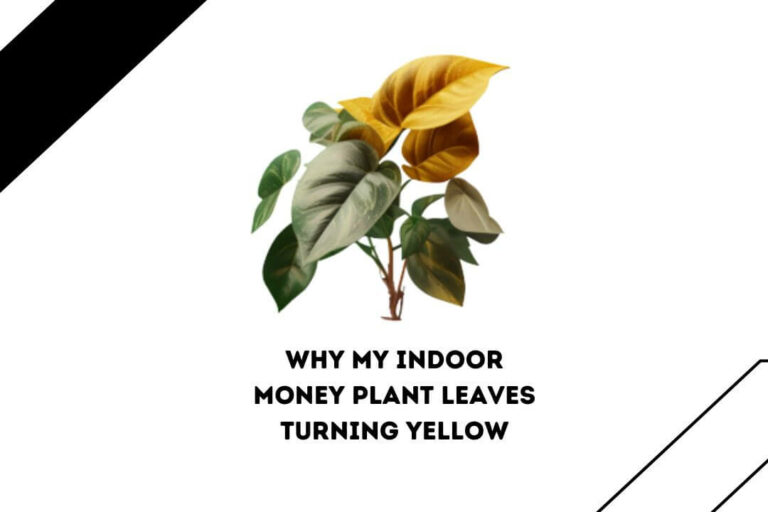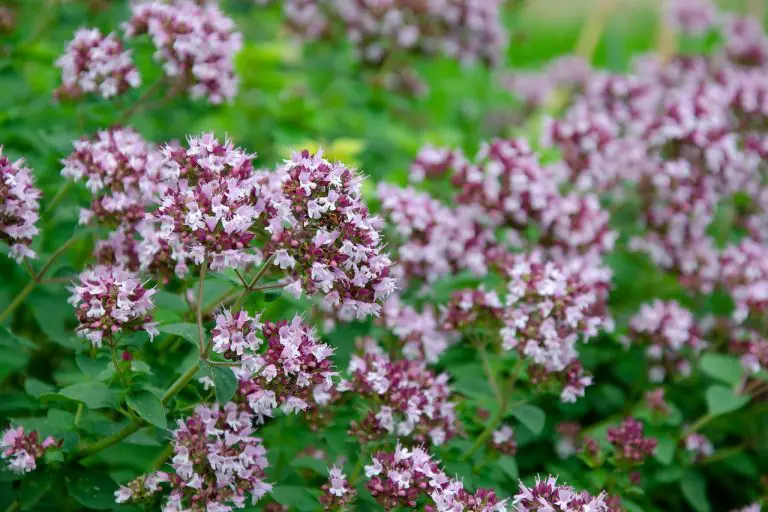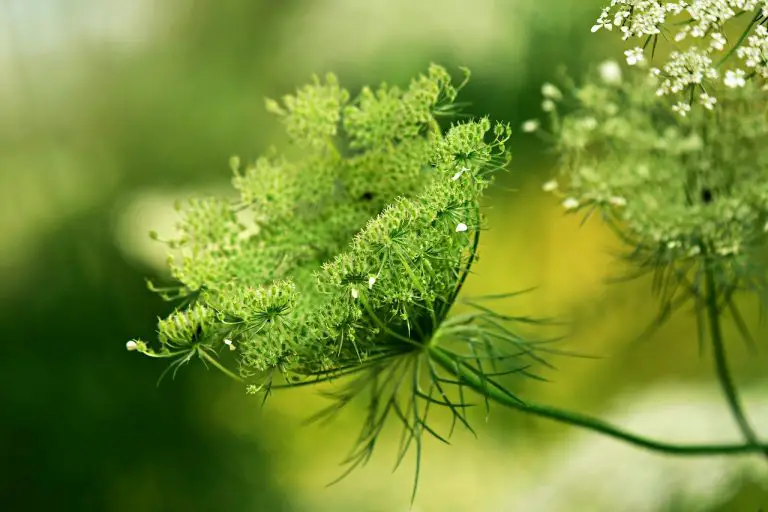Color is something more important than people often think.
This article answers a long-time debate about the best light to grow plants. Purple grow light vs white light. You’ll learn how every individual light affects the plant, as well as the best picks for every stage of plant growth.
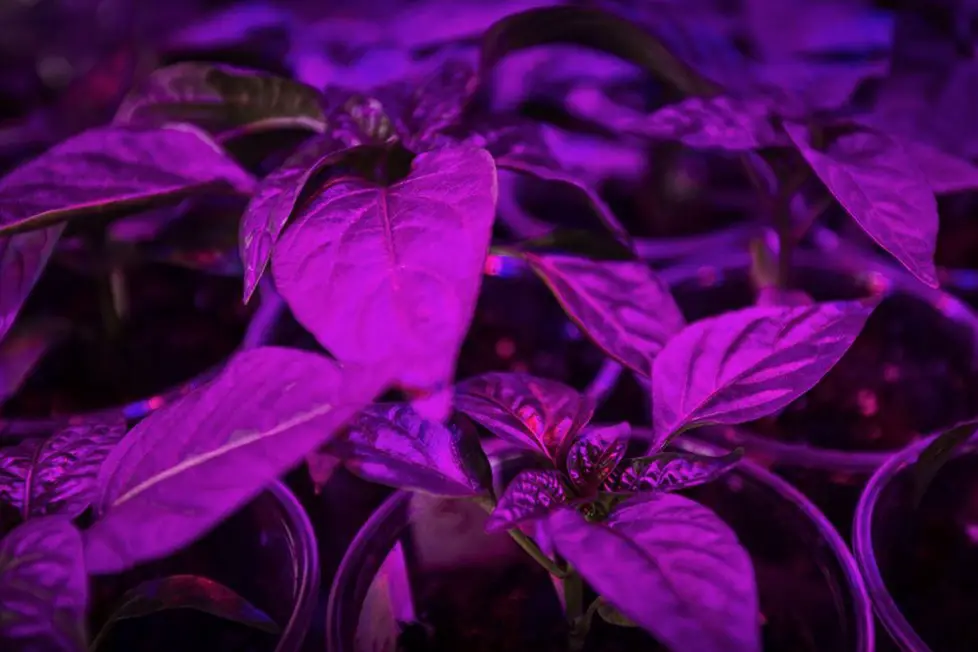
How color affects plant growth
Plants need natural sunlight to grow. Over a million years of evolution the leaves have evolved to use different parts of the color spectrum for different purposes. Natural sunlight already gives your green friend everything it may need.
But with indoor plants, it’s a different story, as they get less light from the sun. They instead quite often rely on light bulbs or LED lights.
Because indoor lights are inherently worse, a gardener needs extra tools to make indoor plants grow fast and strong. That’s why many people use special LED lights with the specific color spectrum that plants need. The most popular setup is a white LED light, providing the full spectrum, and purple grow lights.
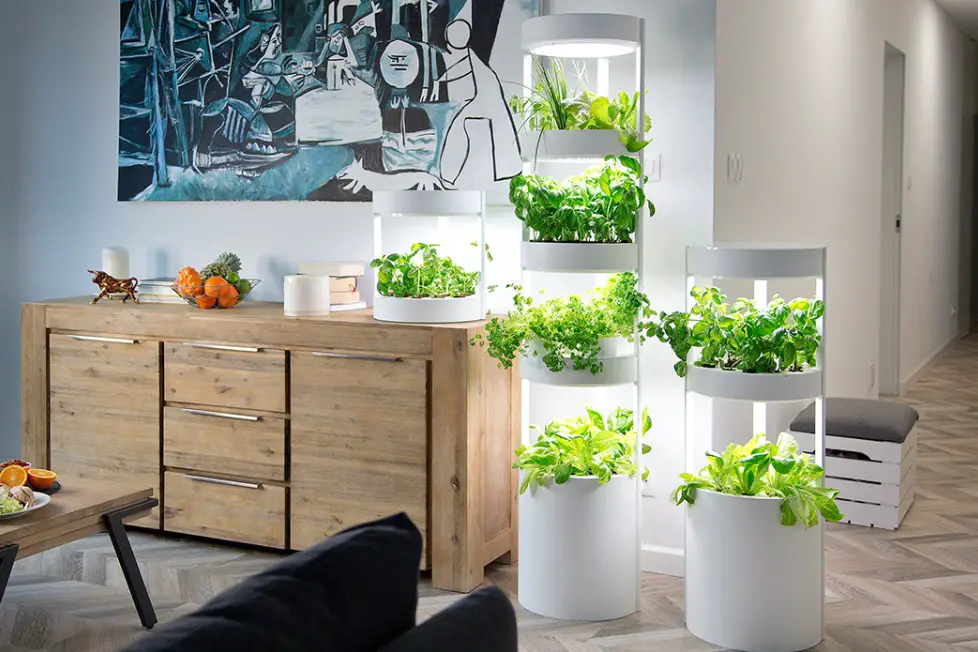
What is purple light and what does it consist of?
You see purple light being emitted from many LED lights or UV light. A significant number of people today use purple LED lights to grow plants indoors.
Purple light is a combination of red and blue lights. Each one of these colors plays a big role in the growth of a plant.
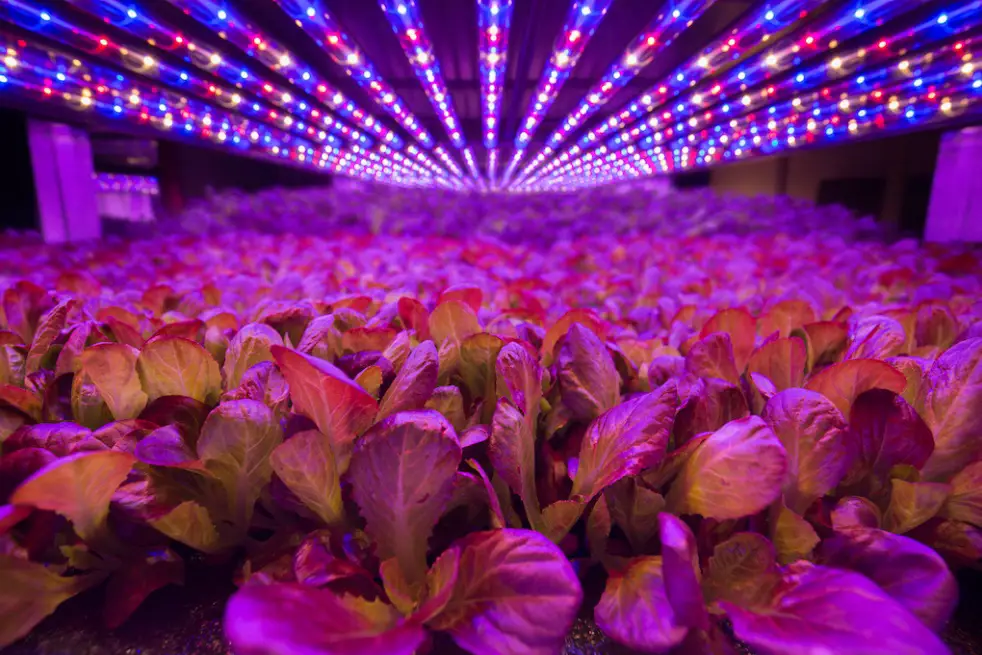
Blue light: purpose
Blue light-emitting diodes encourage cell expansion, root growth, and leaf thickness, and allow plants to grow taller.
Blue light also stimulates chlorophyll production. Plants that receive plenty of blue light have strong, durable, and healthy stems and leaves.
Blue wavelengths also play another important role. Generally, blue light suppresses extension growth. Blue, of course, allows plants to grow but not excessively. A stem that is too tall may become unstable and the plant will break.
Plants grown with blue light are usually shorter and have smaller, thicker, and darker leaves compared to plants grown without blue light. Its spectrum is between 450 and 490 nanometres.
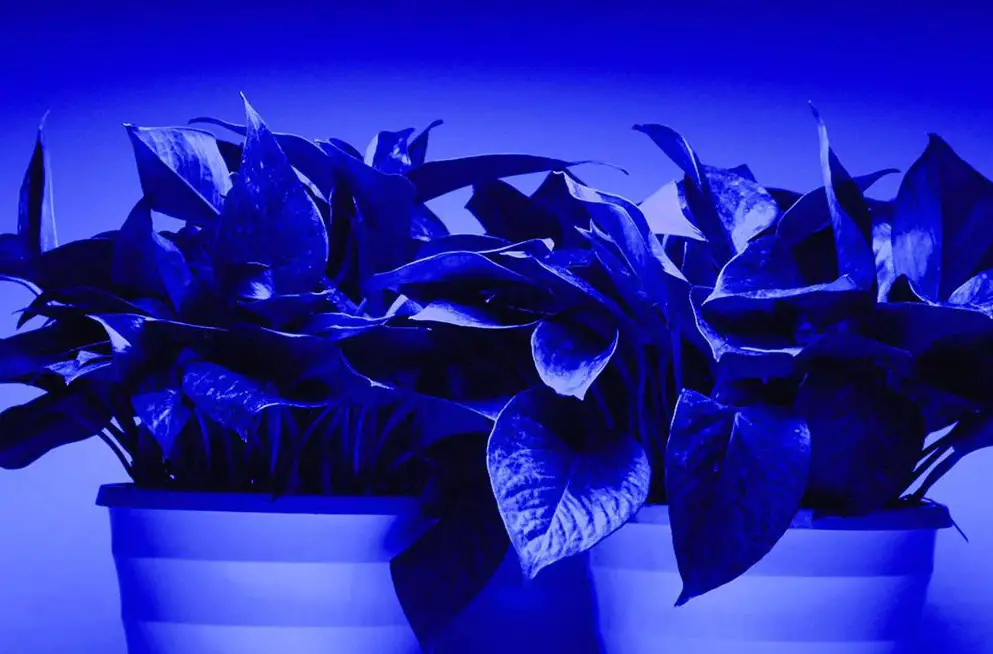
Red light: purpose
Red LED lights have a different effect on a plant, just as important.
Red light is responsible for the flowering of the plant, germination, dormancy, and fruit formation. Red light also makes the fruit taste better.
Many commercial LED fixtures emit a large proportion of red light. About 75-85 percent of purple grow lights have red as the dominant color. Blue barely takes 30 percent. That’s because red is the most growth-promoting color, and blue should balance it out a bit. Otherwise, the plant would strain itself.
Usually, red’s spectrum is between 600-700 nanometres, but there’s also a special type of this light, called Far-red light. Found at the extreme end of the red spectrum from 700-850 nanometres, it barely enters our visible range. People can’t see it, but there’s a little heat coming from it.

Purple light: two colors as one
As said before, purple light is red and blue at the same time, combining both of their strengths. Red and blue emit the most needed energy for a plant. Why are these colors essential, you ask?
You know that the leaves of plants are green. That’s all because plants absorb blue and red light and use this energy to grow instead of reflecting them. Purple light is a grow light. Red and blue LEDs are too important to be left separated, and so many manufacturers combine them into one color.
The reason why people buy and advocate for purple light is that it provides the most important energy a plant needs. Instead of focusing on secondary colors, like green, purple grow lights give plants what they need the most: I tell about growth. It’s also energy efficient.
Both red and blue light are essential for plant growth. No plant can survive long-term without one or the other. Blue and red colors also balance each other out.
Red provokes fast plant’s growth. Blue helps slow growth and allows plants to be stronger.
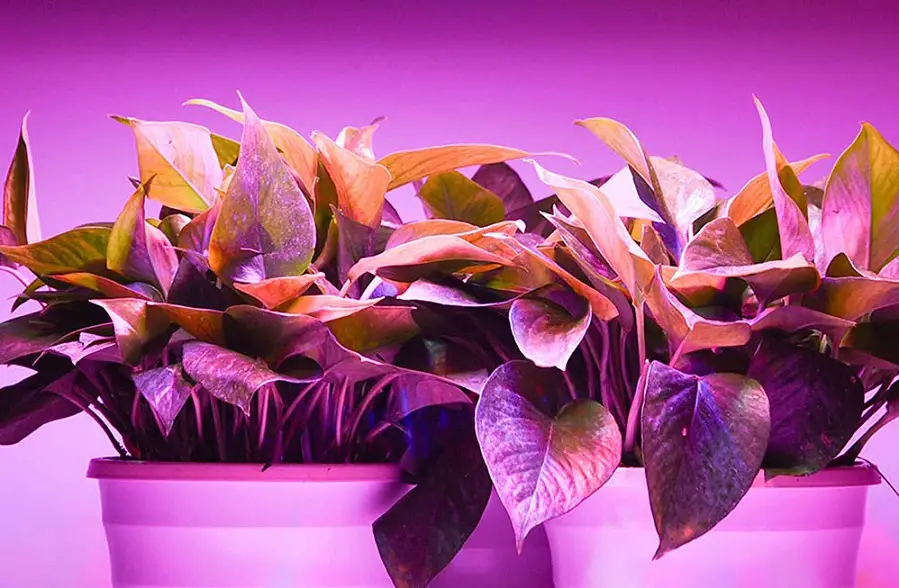
Purple grow lights: pros and cons
Pros:
- Efficient as they do not consume too much electricity;
- Ultra-low heat output/cooler temperature.
- Easy to set up.
- Ideal for growing light during the vegetative and flowering cycles. Plants under the purple LED usually grow heavier and lusher than their counterparts.
Cons:
- Might be too harsh for the eyes. Many owners usually find ways to hide them behind curtains.
- On the pricier side. Though, with LEDs becoming more popular and widespread, they may become cheaper eventually.
- Does not have a full light spectrum.
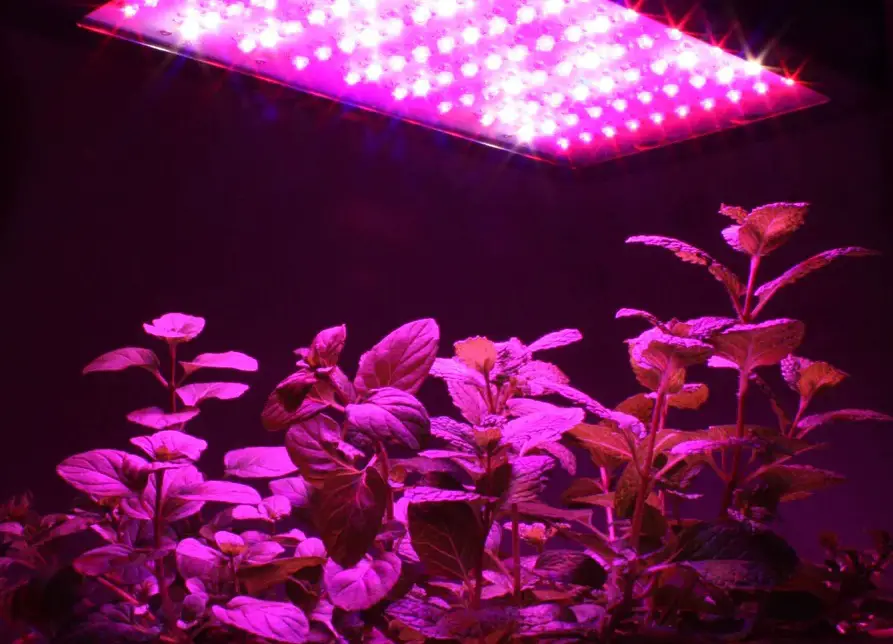
White grow light and what does it consist of?
White lights emit a so-called full spectrum. It means that white LED light has every color in it. To be more precise:
- Blue light. For color and balanced vegetation;
- Red light. For extensive growth and flowering;
- Green light. Its benefits will be discussed later.
Those are the three primary colors of light, and their combination, such as purple or yellow (mixing light is different from mixing colors, and green + red = yellow in this case).
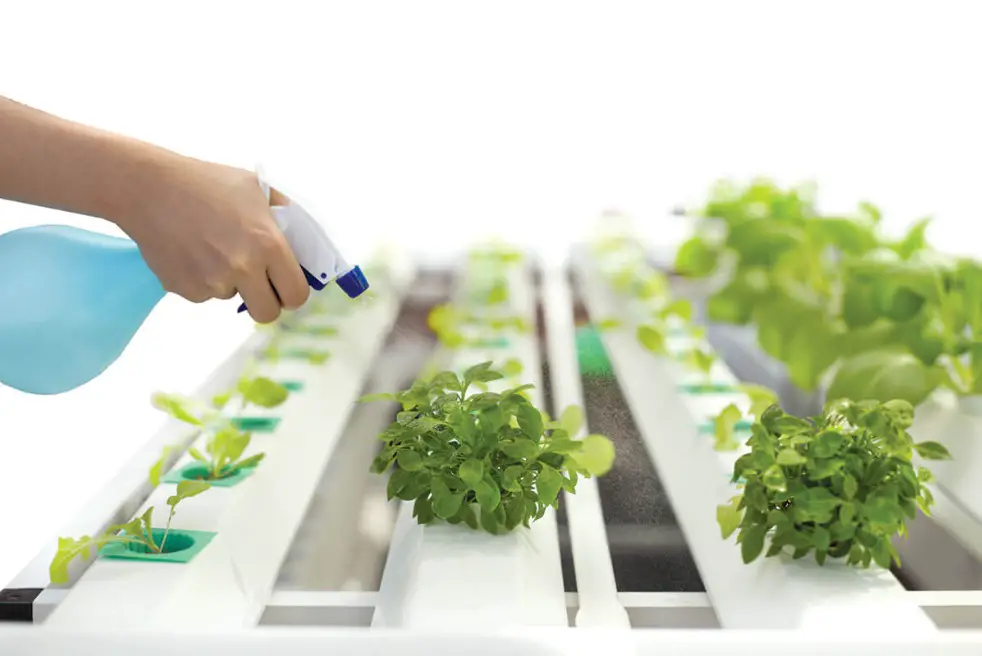
Green light: purpose
Green light-emitting diodes are not present in UV light or other purple light systems. Green is a part of white lights.
At first glance, green is, much less important than red and blue lights. Most of the green light is reflected from the leaves, and that’s why they appear green. But being reflected means that plants don’t try to absorb green light much.
Still, some of its wavelengths are still absorbed, and in more than people often suggest. Typically only about 5-10% of green light is reflected, and the rest is absorbed (about 85%).
Green stimulates photosynthesis in cells, especially in those that don’t receive enough red and blue light. It’s essential for underside leaves, as they don’t get enough light from other colors. Green gives plants a healthy color. Its spectrum is between 490-580 nanometres.
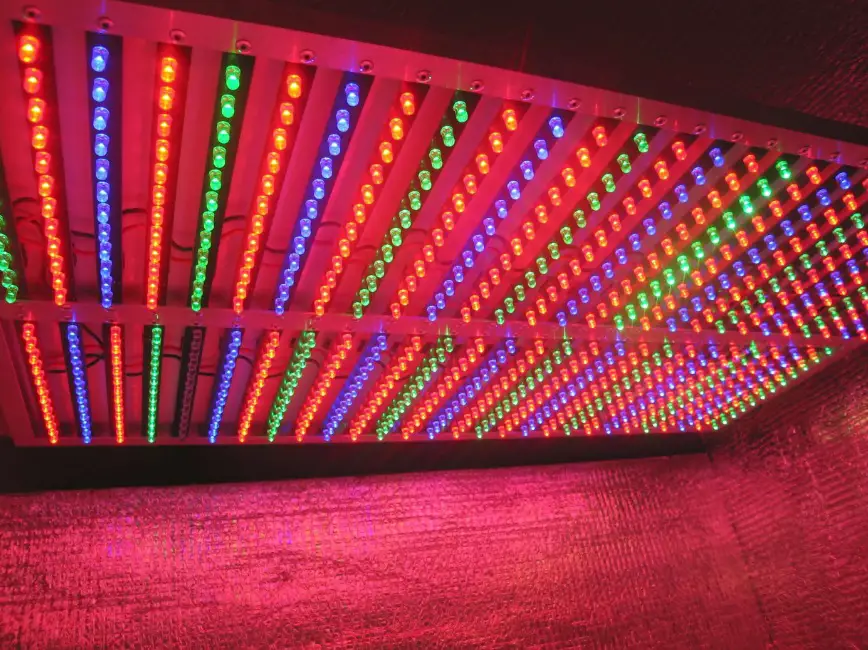
Pros and cons of the white grow lights
Pros:
- Inexpensive;
- Efficient;
- Ultra-low heat output/cooler temperature;
- Fuller spectrum (red light, green, and blue);
- Can be used as a grow light during the seeding cycle.
Cons:
- This light might not be ideal for plants during vegetative and flowering cycles. The plants under the white LED light did not grow bigger and heavier than the other plant.
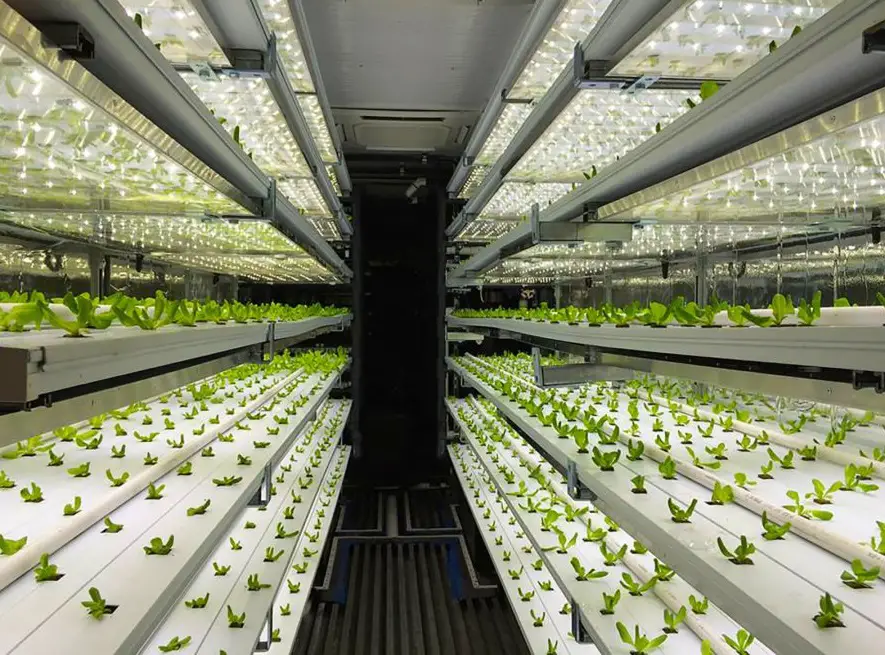
Purple grow light vs white light
Purple grow light vs white light: so which light is best? On one side, we have purple LED lights, a combination of the two most essential colors. On the other side, we have a universal white light, posing a full spectrum of primary and secondary colors.
The general answer is… Purple light is better for plant growth, and white light is better for humans taking care of plants. Let’s break it down.
Purple light helps in vegetative growth and keeps plant health at high levels, which is excellent. But purple grow light is not comfortable for us, humans. We’re not used to always seeing this spectrum shine in our house and working under it. Scientists even suggest that purple grow lights make us feel constantly sleepy.
The second disadvantage to using purple lamps to grow plants is their color, surprisingly. Purple grow lights make the plant visually different. People find it harder to see if a plant’s color is changed or if there are pests without recognizable green coloration.
White light, on the other hand, might not be as efficient in plant growth and plant health, but it feels natural for us, people. We can inspect leaves in their familiar coloration, and we won’t need to cover annoying to the eye violet lamps.
All in all, if you want the results and quick vegetative growth, use purple grow lights. If you want optimal plant health and comfort for yourself, use white LED grow lights.
You might be disappointed that there’s no definitive answer, but please consider it an abundance choice. Just pick what fits your style – results or comfort.
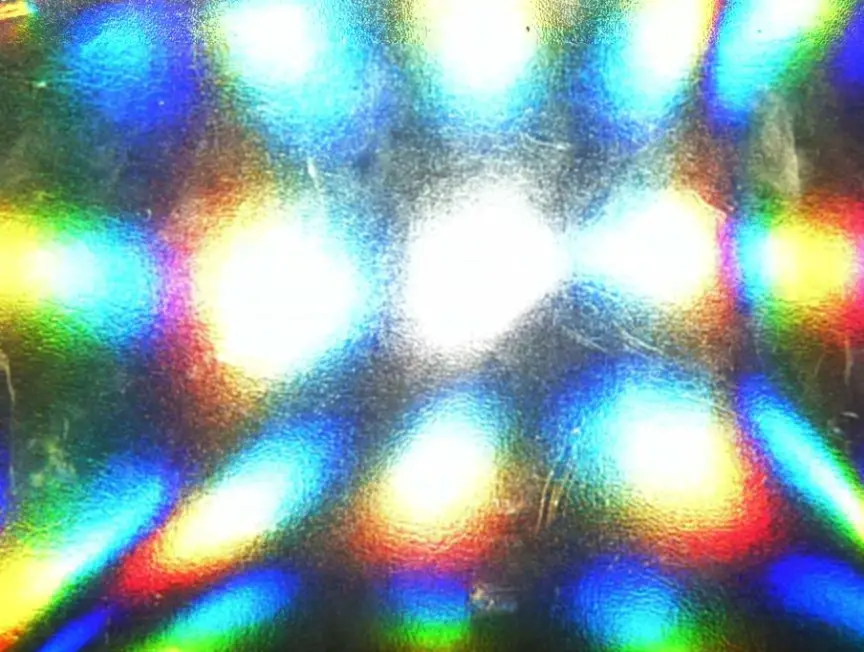
The best light for every stage of growing
Plants sometimes are just like us, humans. We need different things as we grow and in different quantities. Colors become more relevant depending on the growing stage.
- Germination. The stage when the seed gives its first sprouts. Blue LED seems like the best choice, penetrating the shell of the seed with its wavelengths. In the growing environment, blue LED comes in handy in general, allowing seedlings to grow without overstressing.
- Vegetative period or the period of maturing. Different wavelengths go well for that period. For a cannabis plant, for example, red is the easiest color to absorb. The plants grown under red wavelengths are stronger and taller.
- Flowering stage. The period when a flower full of seeds grows, to reproduce.Red wavelengths are more easily absorbed at this stage. They promote the forming of a bud and make the fruit tastier.
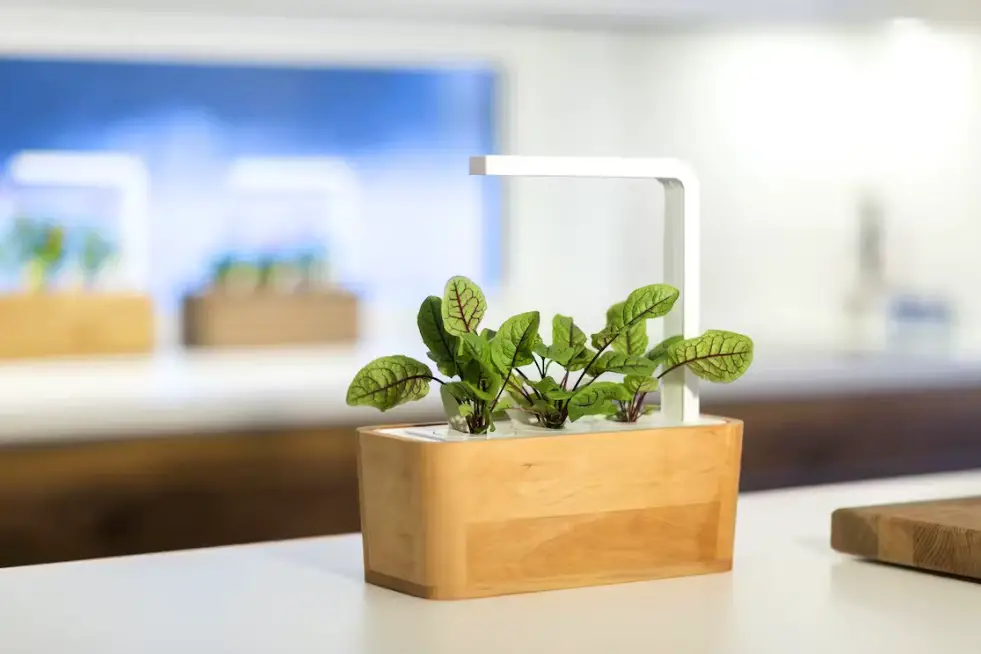
Types of grow lights
As a bonus, you might want to consider the technical side of the question. Sure, the light fixture is the most important, but there are also different kinds of growth lights. Some of them are good, and some are bad.
- Fluorescent lights/ CFL. Fluorescent light is another popular option for beginning growers. They have a low heat output, like LEDs, but don’t last as long, usually. The bulbs are not ideal for fruiting and flowering but are good as seedlings.
- LED lights. One of the most advanced light technologies at the moment. LED lights are energy-efficient and give an extremely low heat output. They’re available in a wide array of colors: blue light, red light, white, and in between.
- High-intensity discharge/HID bulbs. They produce extremely high light output while giving off just the right heat for your plants. People say they are a good pick for sensitive plants like orchids. The reliable work of HID bulbs will allow crops to grow without disturbing them.
There is also an interesting case of LEDs, called Broad spectrum bulbs. They are said to copy the whole white spectrum of sunlight, making growing plants easier. These lamps come in a variety of wattages, voltages, sizes, finishes, and base types.
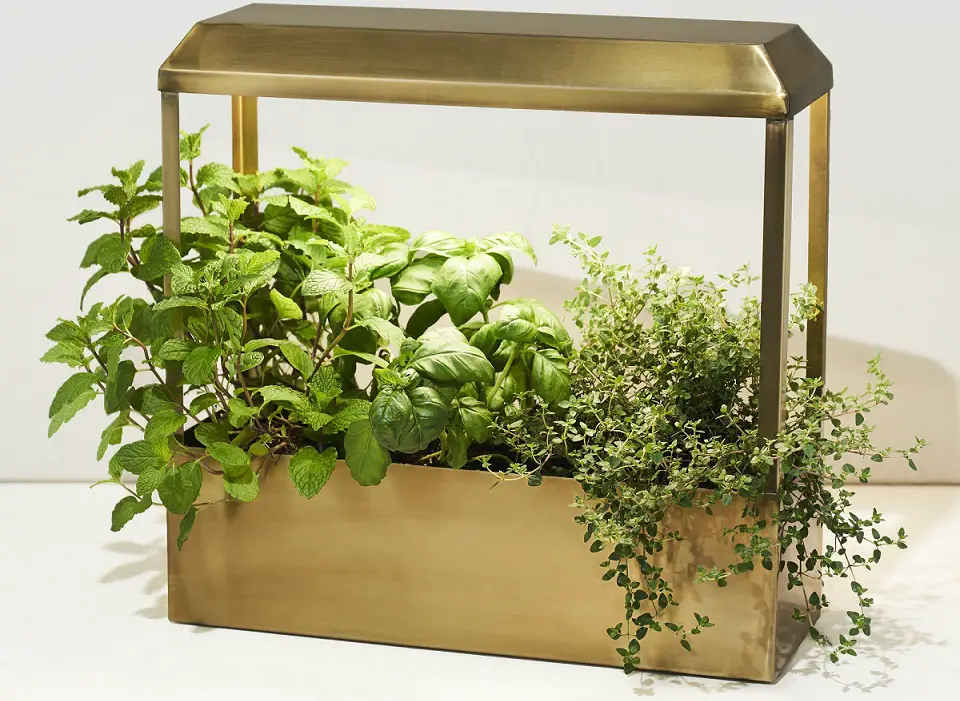
FAQ
Now you know much more about purple and white LED lights. But there’s still a full spectrum of other questions you might have.
Are purple grow lights better than white?

In most cases, purple lights prove to be more efficient than white lights. The effectiveness depends on the stage and the type of the plant.
Here’s an example. In general, for cannabis plant growth it’s ideal to give it purple grow light rather than a full spectrum light. But during the first stages of growing from seeds, white is just as good. In some other experiments, white LEDs came the best for the germination period. But those are rather exceptions.
Do plants grow better with purple light?
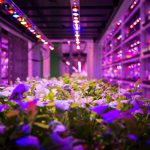
Mostly, yes. Purple color light makes them grow faster and taller. Depending on the stage and the type of plant, white LED lights might come close. Usually, during the early stages of the growth cycle, both colors are doing alright.
What color light is best for plant growth?
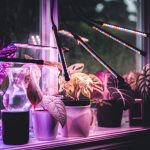
Blue and red light combined makes purple growth lights. If you add green light to that, white light emits. It’s a combination of red, green, and blue, covering all spectrums. Purple strives for growth and results, while white goes for balance and comfort for human eyes.
Now you’re ready to see the light!
Choose lights that suit your style best. White grow light or purple – the choice is only up to you. All the colors of the light are at your disposal!

